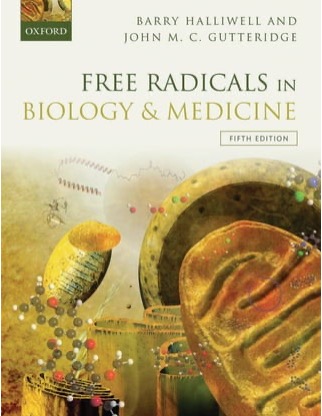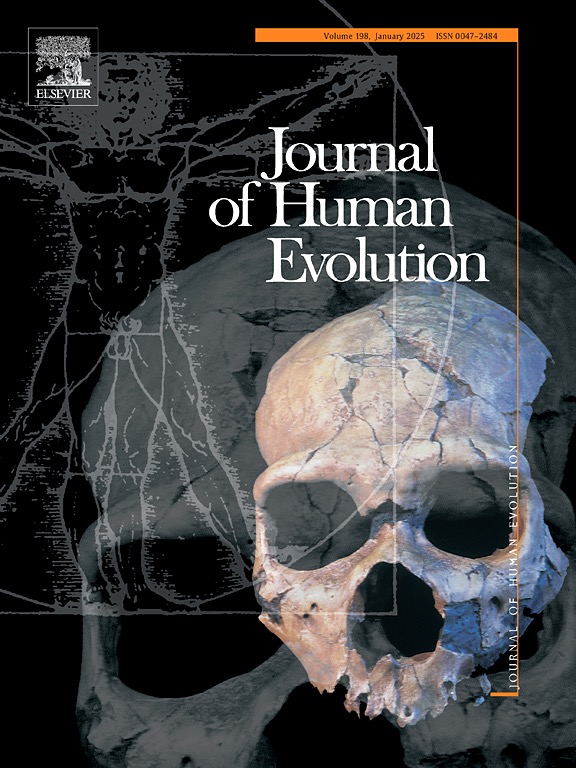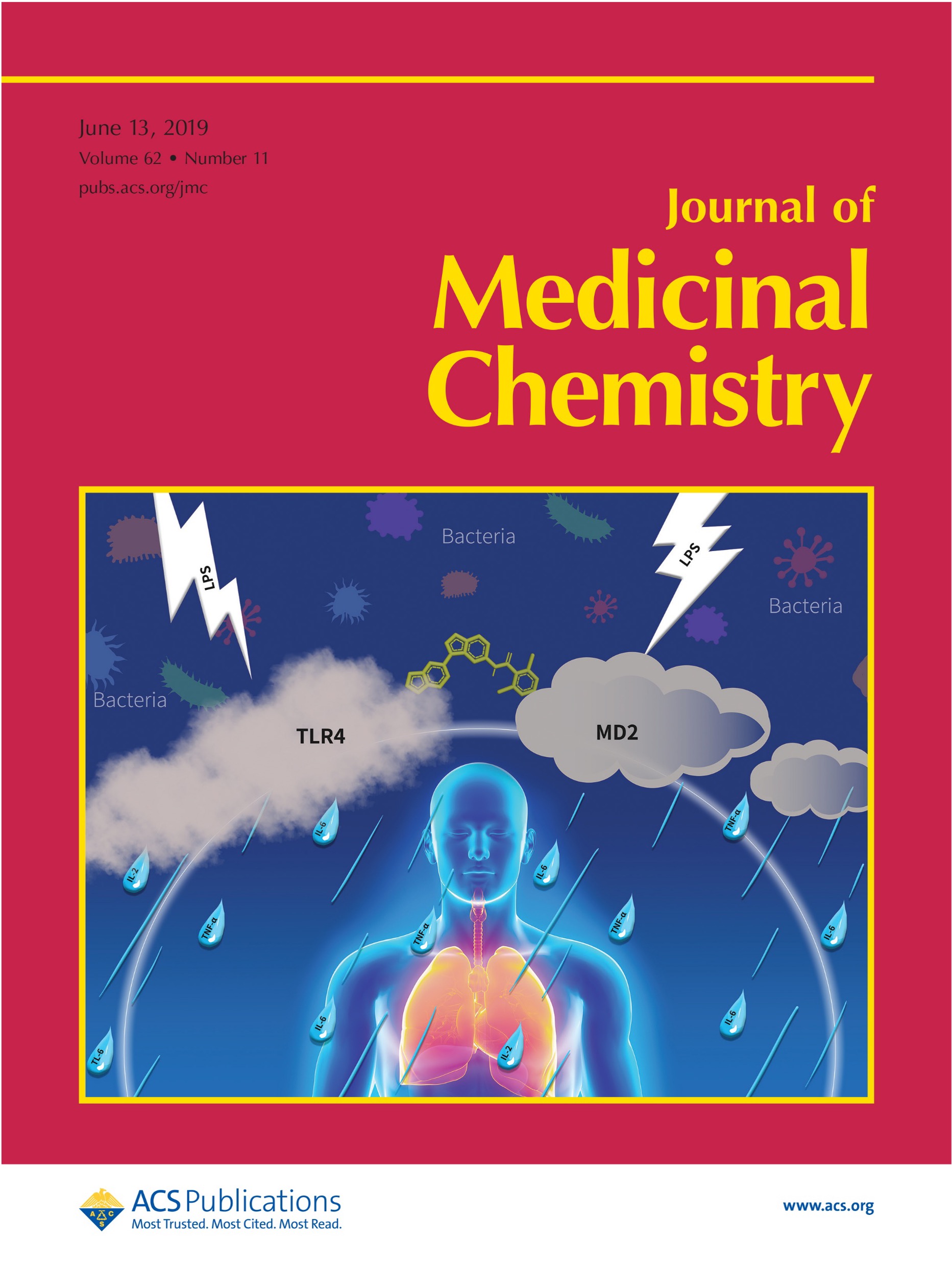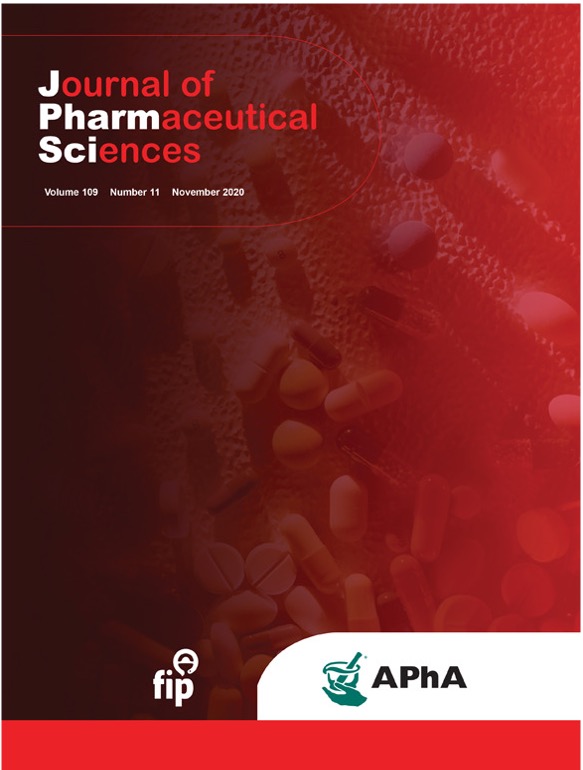
Free Radicals in Biology and Medicine
Halliwell B. et al. Free Radicals in Biology and Medicine,
(2015) Oxford University Press.
Abstract
The new edition of this well-established book is thoroughly revised and gives a comprehensive account of the role of free radicals, other reactive species (RS), and antioxidants in life, health, and disease. Chapter 1 reviews how oxygen (O2) is used by living organisms, why it can be toxic, and introduces the concept of oxygen radicals and other RS; their chemistry is detailed in Chapter 2, especially for superoxide, hydroxyl radical (including Fenton chemistry), peroxynitrite, nitric oxide, ozone, and singlet O2, with emphasis on their redox properties. Subsequent chapters detail what antioxidants can be made in vivo (e.g. superoxide dismutases, peroxiredoxins) and which can come from diet (e.g. vitamins E and C, carotenoids, and polyphenols such as the flavonoids) and how they work in vivo. The role of RS in cell proliferation, senescence, and death (e.g. by apoptosis, necrosis, or intermediate forms) is presented. Methods for measuring RS are described in detail, including electron paramagnetic resonance and biomarker determination. Useful roles for RS (e.g. cell signalling, phagocyte action), as well as systems in which they cause particular problems (e.g. premature babies, the eye, the ear) are presented. Acute and chronic inflammation are used to illustrate both roles There is a comprehensive description of the role of RS in human diseases, from cancer to heart disease to dementia, in the ageing process, and in the toxicity of many agents, from ethanol to carbon tetrachloride to paraquat. Therapeutic agents active against RS are reviewed in detail, including NADPH oxidase inhibitors, N-acetylcysteine, and Ebselen.






